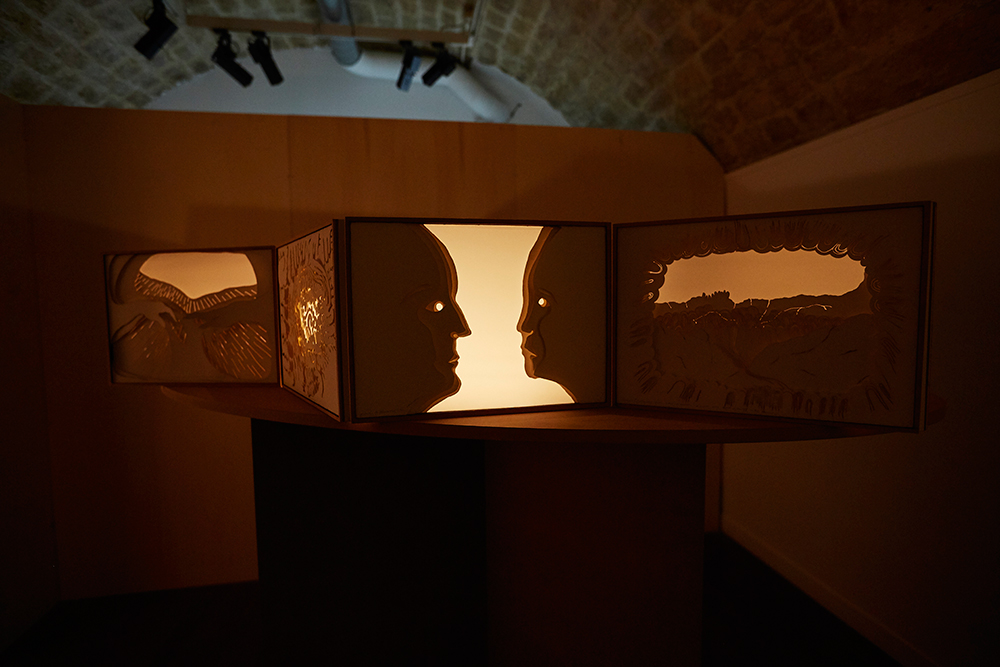

The theory that psychedelics played a role in our development is an interesting one; as a modern theory it fits into the archetype of a “catalyst”, an object or substance that aided human beings in their transition from ignorance to enlightenment. The apple of the knowledge of good and evil in the Garden of Eden or the fire that Prometheus gives to humankind in Greek mythology represent the same idea as Terence McKenna’s theory, but there is one significant difference. While most of these early explanations of the origin of consciousness show that knowledge is power but results in the loss of innocence and happiness, McKenna’s Stoned Ape theory celebrates the attainment of consciousness as something that gives us understanding of our place and purpose in the universe.

“People have attempted -- unsuccessfully -- to answer the question of how our minds and consciousness evolved from the ape. They've tried all kinds of things to account for this evolution, but to my mind, the key unlocking this great mystery is the presence of psychoactive plants in the diet of early man.”
“The 20th century mind is nostalgic for the paradise that once existed on the mushroom-dotted plains of Africa, where the plant-human symbiosis occurred that pulled us out of the animal body and into the tool-using, culture-making, imagination-exploring creature that we are.”
Terence McKenna, father of the Stoned Ape theory, believed that our humanity is a result of psychedelic agents in the diet of our predecessors.

These components, according to Freud, represent the preconscious, conscious, and unconscious minds. Every thought that we have is either driven by personal experience, cultural norms, or instinct. This is an important idea when considering consciousness; the ability to differentiate parts of the self is to be able to recognize that your conscious thought is your own.
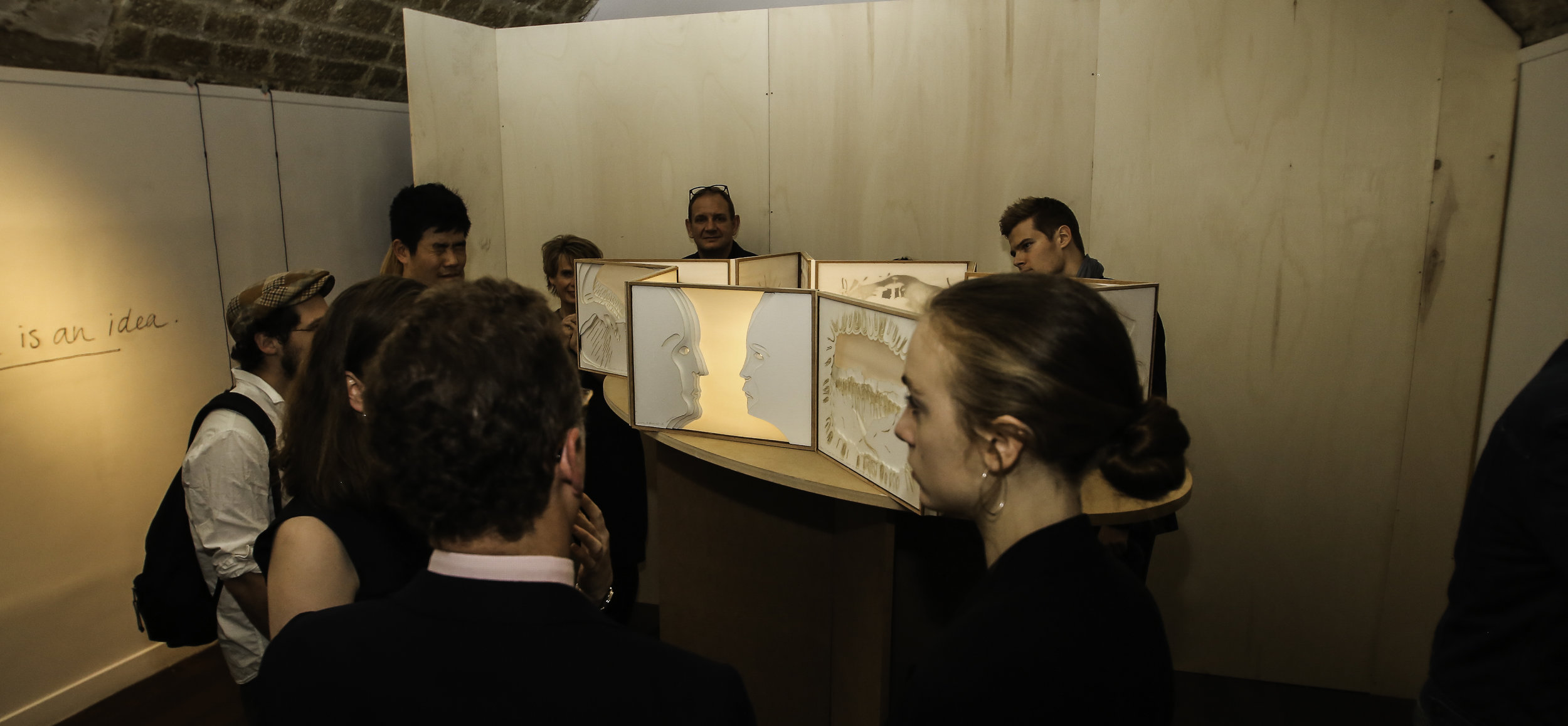

How will technology alter our thinking? How will our interactions evolve? Rather than completely changing our interactions, technology speeds up normal, biological processes. Augmented reality is one example of this. We are able to communicate more and more efficiently with each other, and augmented reality could eventually facilitate communication to the point where we feel as though we are in the same room as those we are speaking to. As technology and reality blend, distance between people will become irrelevant.
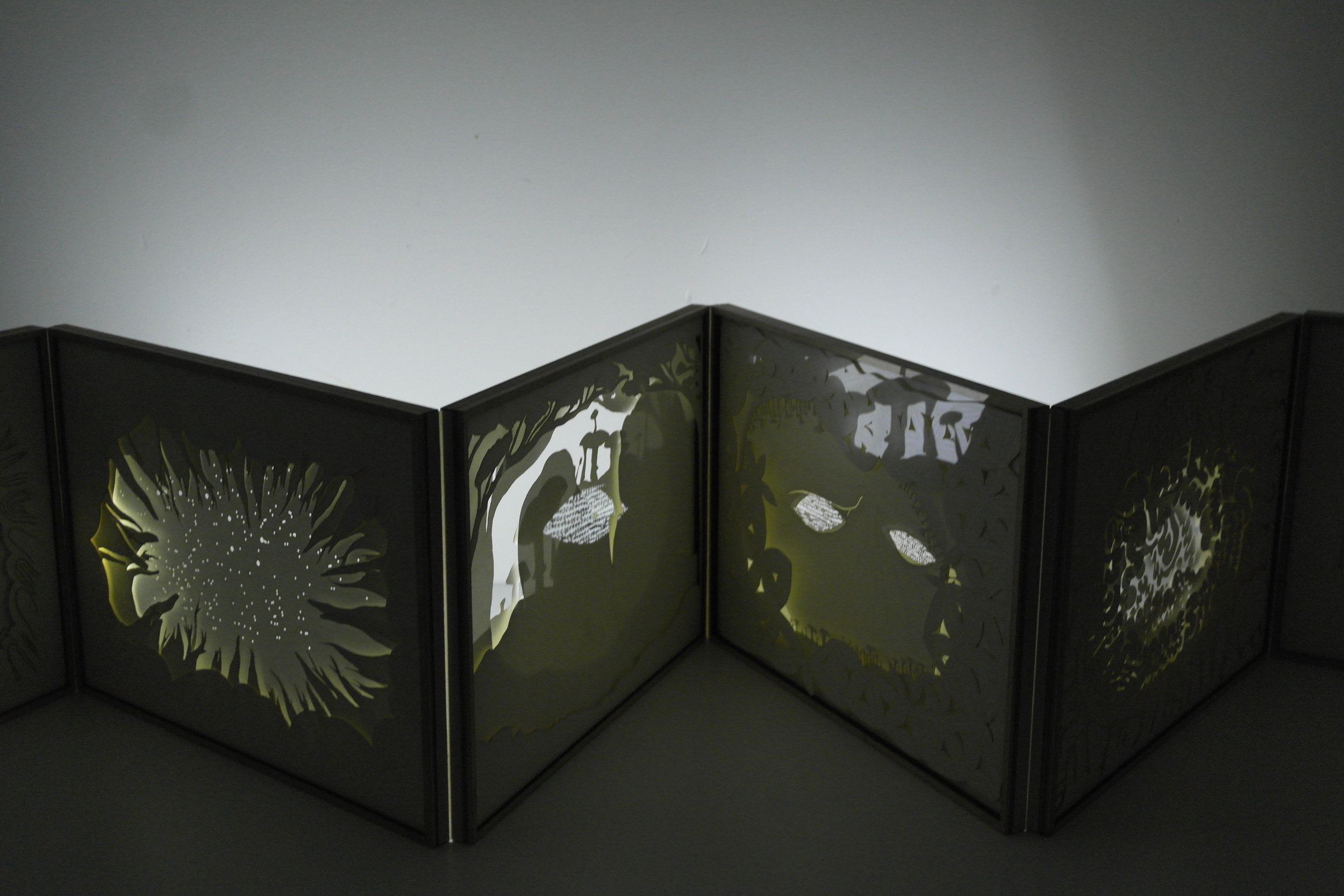

The Shamanistic practice of “trepanation”, or drilling a hole in the head to aid in communication with spirits or gods, has existed for thousands of years. The hippie movement of the 1960’s and 70’s saw an increase in mind altering substances and practices, and it follows that self-trepanation would be revived. Joseph Mellen, an avid user of hallucinogens, thought that once the brain reached full maturity, around the age of 21 or 22, the plates of the skull would merge and harden, restricting blood flow to the brain and causing a drop in creativity and imagination; so in 1970, he drilled a 6 millimeter hole in his forehead with an electric drill. He maintains that this has caused a perpetual high, even now, almost fifty years later.
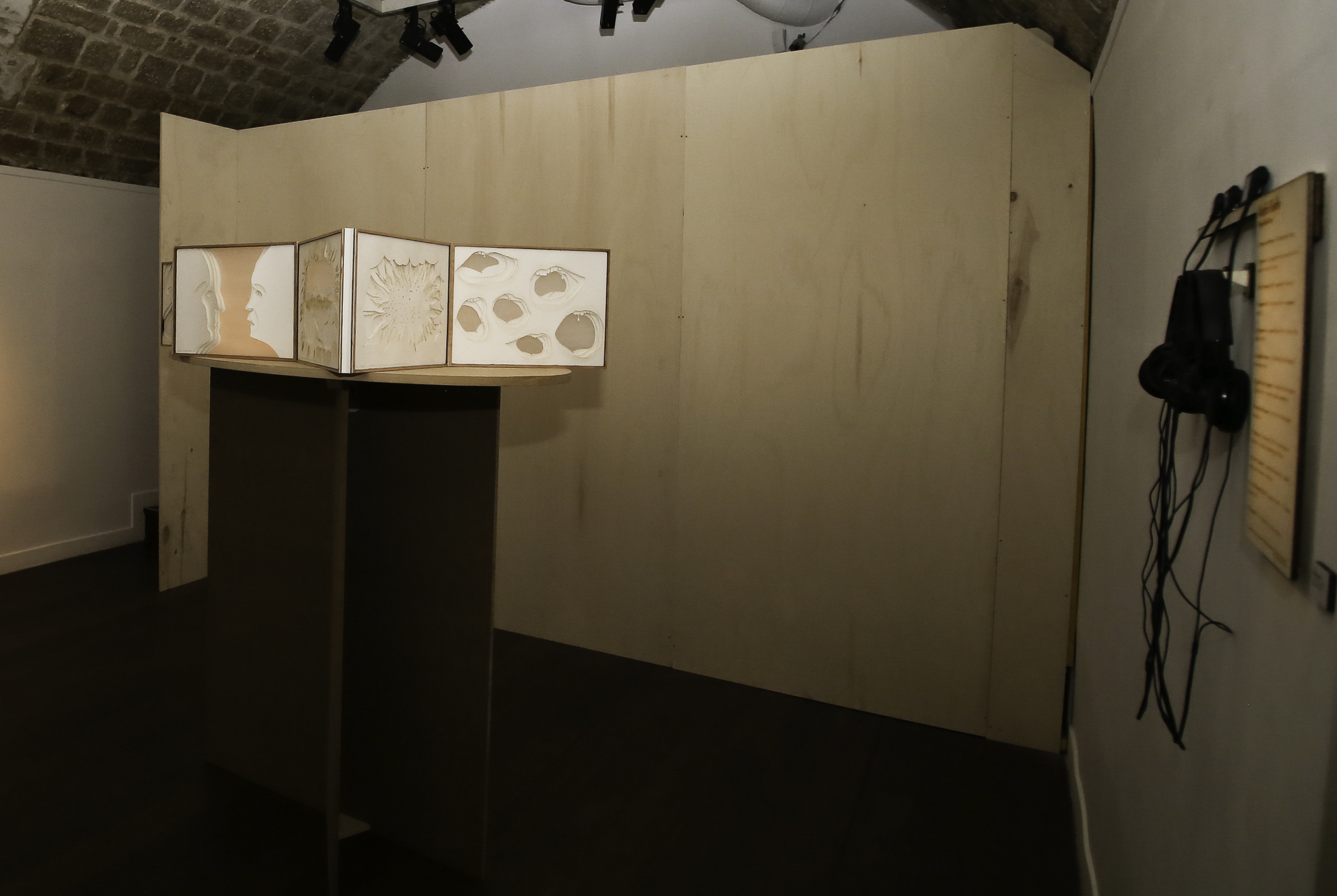

The theory of the bicameral mind, a term coined by Julian Jaynes, theorizes that the human brain was once divided into two states: the speaking mind and the obeying mind. These two parts of the brain communicated through the Corpus Callosum. This theory stemmed from the observation that in early texts and mythology, there was never a reference to the “self”. Instead, people gave a name to their inner voice or conscience. Whether it was “god”, or “muse”, it was clear to Jaynes that as recently as Homer wrote his Odyssey, human beings were not self-aware.
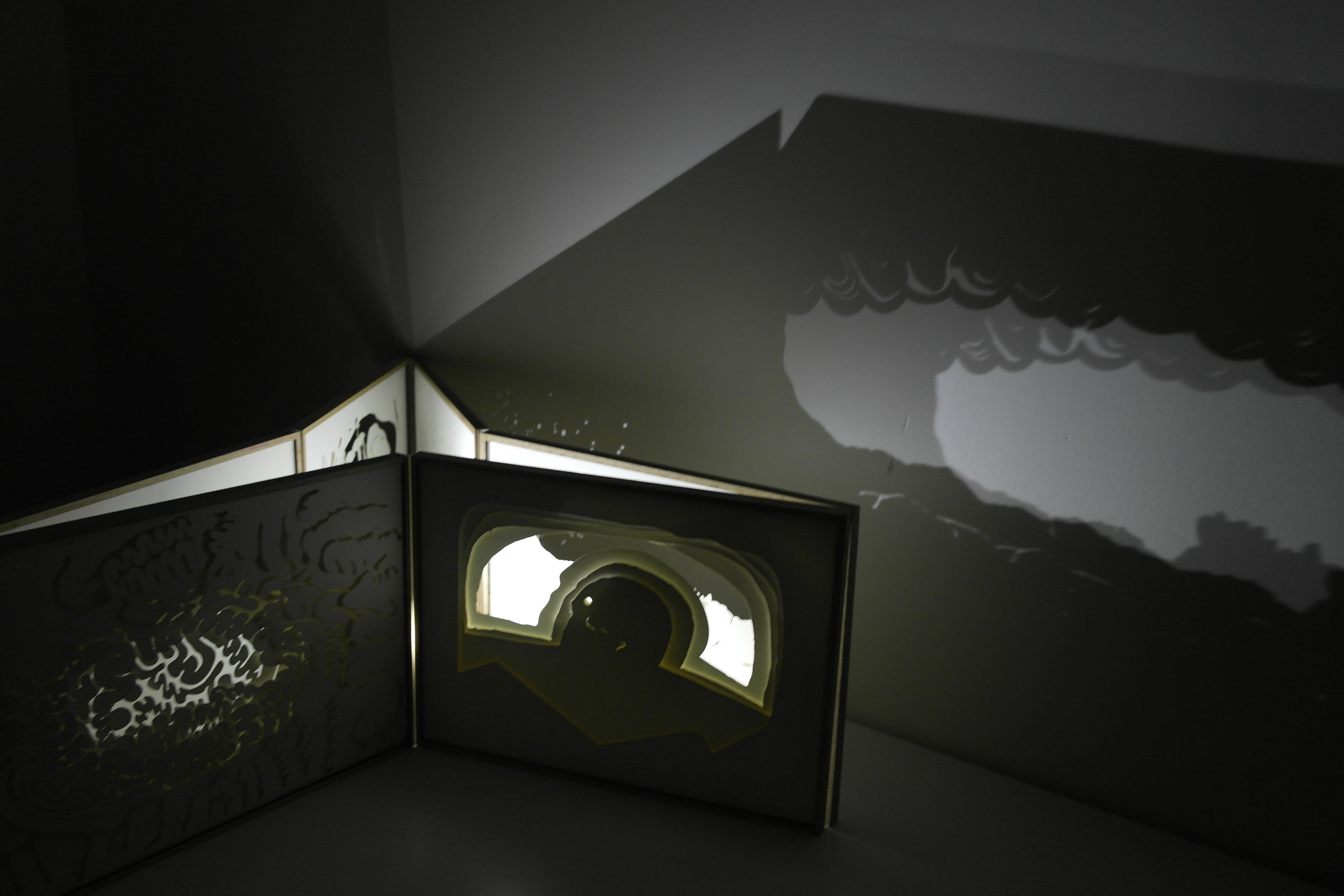

Some people experience synesthesia, a cross-wiring in the brain that causes them to perceive stimuli across multiple senses. For example, a synesthetic might perceive numbers to be innately colorful, or able to visualize music. This is similar in a way to the phenomenon of a blind person having a heightened sense of hearing; the evolution of our consciousness could benefit from perceiving these “flaws” as an asset or augmentation rather than seeing alternative functions of the brain as less capable.

True Artificial Intelligence does not exist yet, but is a possibility. Now, AI is judged on whether it can pass the Turing Test; in other words, if the machine is convincingly human to real humans. True Artificial Intelligence, though, could be achieved through a return to Bicameralism. Jaynes argues that true humanity comes from self awareness, and that human beings did not experience this until the second millennium BCE. AI could achieve consciousness when it achieves self-awareness.

About 20,000 years ago, the Bering Land Bridge formed, connecting the continents of Asia and North America. One theory of why there is are similar mythologies across Indigenous American and Asian cultures is that this bridge caused these mythologies to develop in parallel.
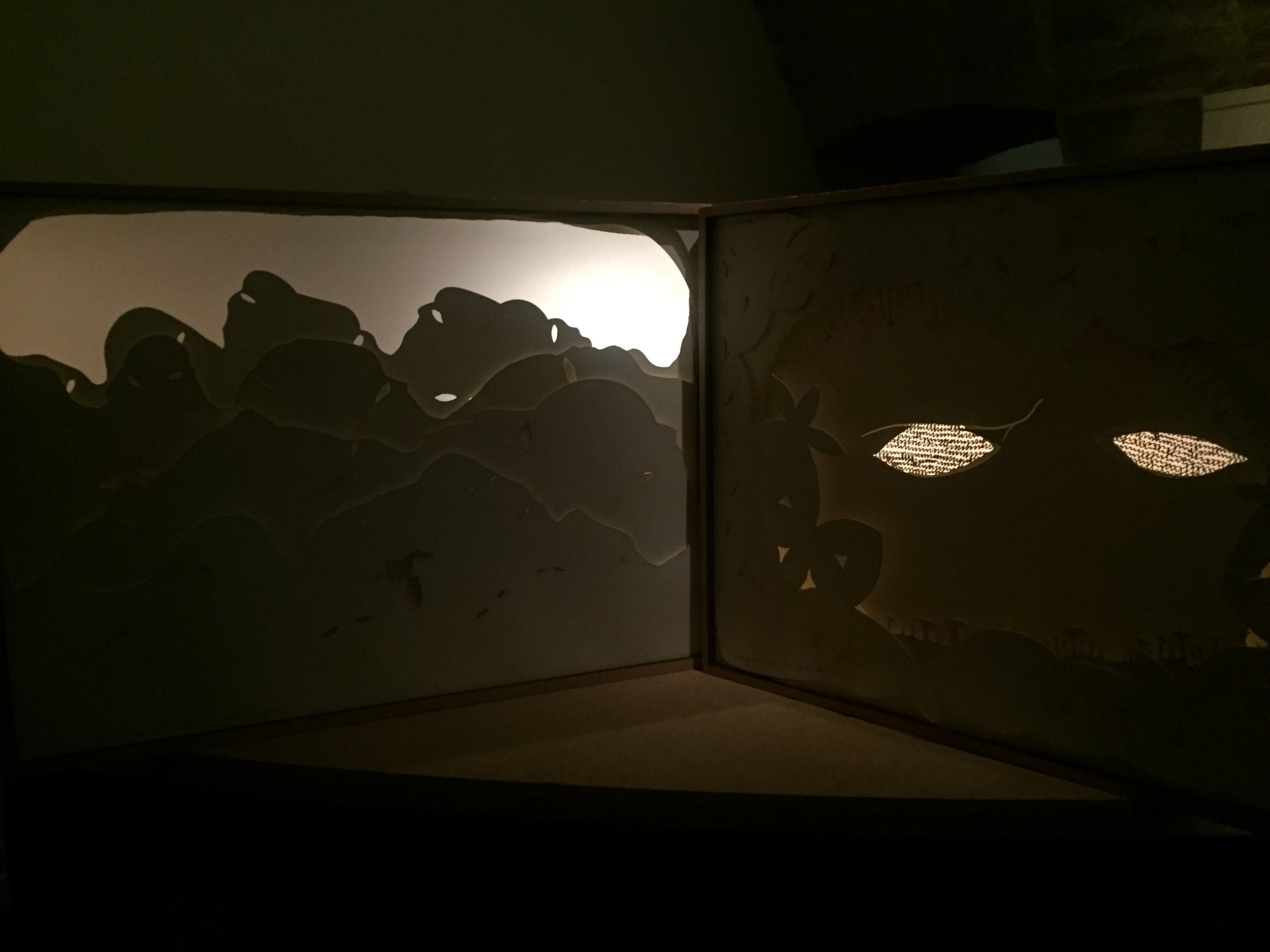

The Pleiades, or “Seven Sisters”, were the seven daughters of Atlas in Greek mythology. They were placed into the sky by Zeus to save them from the pursuit of Orion, but when Orion was killed and put into the sky as a constellation as well, he continued to chase them across the hemisphere. There are similar stories of seven women in multiple regions.


Julian Jaynes states that mental illness, specifically schizophrenia, is a vestige of our earlier state of bicameralism. It’s common for schizophrenics to hear “command hallucinations” rather than random voices. Jaynes argues that schizophrenia is a result of the inability to recognize the command voice as internal, and therefore possible to ignore. Similarly, he maintains that Greek poets and musicians believed that their work was given directly to them, not recognizing it as truly their own.


Technology will become increasingly present and less visible. Consciousness will become a collective database. Recently, a study was done with Rhesus monkeys in which scientists were able to link their brains, allowing them to think collectively. The prospect of doing this with human brains allows for huge potential in the evolution of our consciousness.
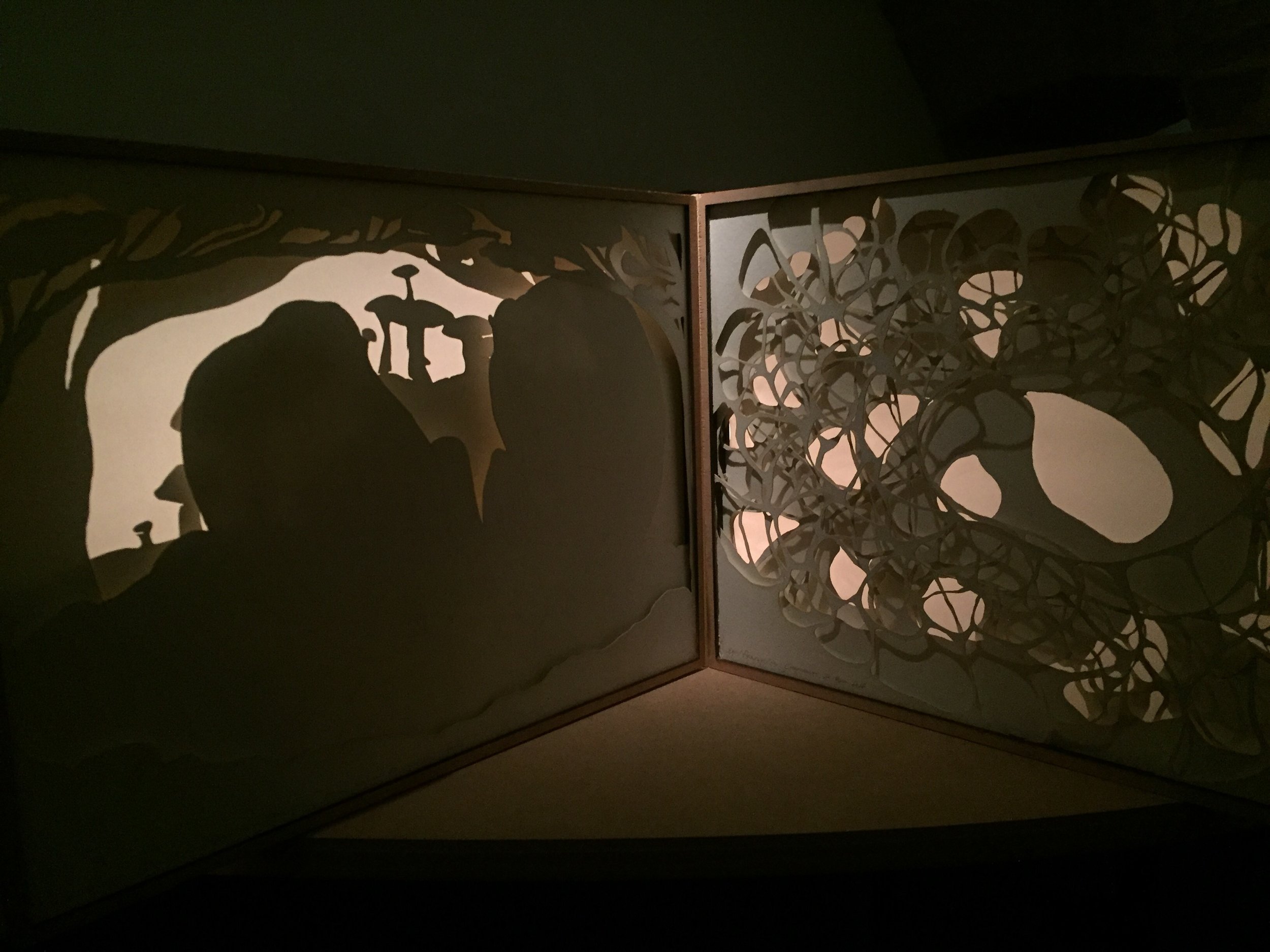





















The theory that psychedelics played a role in our development is an interesting one; as a modern theory it fits into the archetype of a “catalyst”, an object or substance that aided human beings in their transition from ignorance to enlightenment. The apple of the knowledge of good and evil in the Garden of Eden or the fire that Prometheus gives to humankind in Greek mythology represent the same idea as Terence McKenna’s theory, but there is one significant difference. While most of these early explanations of the origin of consciousness show that knowledge is power but results in the loss of innocence and happiness, McKenna’s Stoned Ape theory celebrates the attainment of consciousness as something that gives us understanding of our place and purpose in the universe.
“People have attempted -- unsuccessfully -- to answer the question of how our minds and consciousness evolved from the ape. They've tried all kinds of things to account for this evolution, but to my mind, the key unlocking this great mystery is the presence of psychoactive plants in the diet of early man.”
“The 20th century mind is nostalgic for the paradise that once existed on the mushroom-dotted plains of Africa, where the plant-human symbiosis occurred that pulled us out of the animal body and into the tool-using, culture-making, imagination-exploring creature that we are.”
Terence McKenna, father of the Stoned Ape theory, believed that our humanity is a result of psychedelic agents in the diet of our predecessors.
These components, according to Freud, represent the preconscious, conscious, and unconscious minds. Every thought that we have is either driven by personal experience, cultural norms, or instinct. This is an important idea when considering consciousness; the ability to differentiate parts of the self is to be able to recognize that your conscious thought is your own.
How will technology alter our thinking? How will our interactions evolve? Rather than completely changing our interactions, technology speeds up normal, biological processes. Augmented reality is one example of this. We are able to communicate more and more efficiently with each other, and augmented reality could eventually facilitate communication to the point where we feel as though we are in the same room as those we are speaking to. As technology and reality blend, distance between people will become irrelevant.
The Shamanistic practice of “trepanation”, or drilling a hole in the head to aid in communication with spirits or gods, has existed for thousands of years. The hippie movement of the 1960’s and 70’s saw an increase in mind altering substances and practices, and it follows that self-trepanation would be revived. Joseph Mellen, an avid user of hallucinogens, thought that once the brain reached full maturity, around the age of 21 or 22, the plates of the skull would merge and harden, restricting blood flow to the brain and causing a drop in creativity and imagination; so in 1970, he drilled a 6 millimeter hole in his forehead with an electric drill. He maintains that this has caused a perpetual high, even now, almost fifty years later.
The theory of the bicameral mind, a term coined by Julian Jaynes, theorizes that the human brain was once divided into two states: the speaking mind and the obeying mind. These two parts of the brain communicated through the Corpus Callosum. This theory stemmed from the observation that in early texts and mythology, there was never a reference to the “self”. Instead, people gave a name to their inner voice or conscience. Whether it was “god”, or “muse”, it was clear to Jaynes that as recently as Homer wrote his Odyssey, human beings were not self-aware.
Some people experience synesthesia, a cross-wiring in the brain that causes them to perceive stimuli across multiple senses. For example, a synesthetic might perceive numbers to be innately colorful, or able to visualize music. This is similar in a way to the phenomenon of a blind person having a heightened sense of hearing; the evolution of our consciousness could benefit from perceiving these “flaws” as an asset or augmentation rather than seeing alternative functions of the brain as less capable.
True Artificial Intelligence does not exist yet, but is a possibility. Now, AI is judged on whether it can pass the Turing Test; in other words, if the machine is convincingly human to real humans. True Artificial Intelligence, though, could be achieved through a return to Bicameralism. Jaynes argues that true humanity comes from self awareness, and that human beings did not experience this until the second millennium BCE. AI could achieve consciousness when it achieves self-awareness.
About 20,000 years ago, the Bering Land Bridge formed, connecting the continents of Asia and North America. One theory of why there is are similar mythologies across Indigenous American and Asian cultures is that this bridge caused these mythologies to develop in parallel.
The Pleiades, or “Seven Sisters”, were the seven daughters of Atlas in Greek mythology. They were placed into the sky by Zeus to save them from the pursuit of Orion, but when Orion was killed and put into the sky as a constellation as well, he continued to chase them across the hemisphere. There are similar stories of seven women in multiple regions.
Julian Jaynes states that mental illness, specifically schizophrenia, is a vestige of our earlier state of bicameralism. It’s common for schizophrenics to hear “command hallucinations” rather than random voices. Jaynes argues that schizophrenia is a result of the inability to recognize the command voice as internal, and therefore possible to ignore. Similarly, he maintains that Greek poets and musicians believed that their work was given directly to them, not recognizing it as truly their own.
Technology will become increasingly present and less visible. Consciousness will become a collective database. Recently, a study was done with Rhesus monkeys in which scientists were able to link their brains, allowing them to think collectively. The prospect of doing this with human brains allows for huge potential in the evolution of our consciousness.
